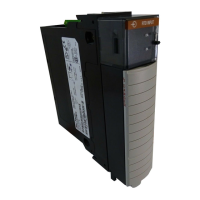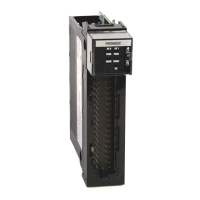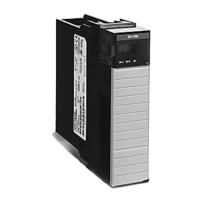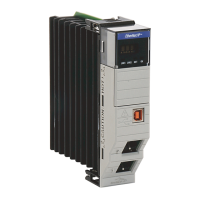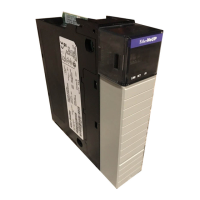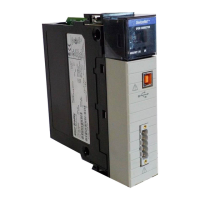Rockwell Automation Publication 1756-UM058G-EN-P - November 2012 27
Digital I/O Operation in the ControlLogix System Chapter 2
Input Modules in a
Local Chassis
When a module resides in the same chassis as the owner-controller, the following
two configuration parameters affect how and when an input module multicasts
data:
• Requested packet interval (RPI)
• Change of state (COS)
RPI
The RPI defines the slowest rate at which a module multicasts its data to the
owner-controller. The time ranges from 200 µs…750 ms and is sent to the module
with all other configuration parameters. When the specified time frame elapses,
the module will multicast data. This is also called a cyclic update.
COS
COS instructs the module to transfer data whenever a specified input point
transitions from On to Off or Off to On. The transition is referred to as a change
of state.
COS configuration occurs on a per-point basis, but all module data is multicast
when any point enabled for COS changes state. COS is more efficient than RPI
because it multicasts data only when a change occurs.
For example, if an input is changing state consistently every two seconds and the
RPI is set at 750 ms, the data transfer will look like the illustration.
You must specify an RPI regardless of whether you enable COS. If a change does
not occur within the RPI timeframe, the module still will multicast data at the
rate specified by the RPI.
41381
= COS Multicast
= RPI Multicast
250 500 750
1 Second
1250 1500 1750
2 Seconds 3 Seconds
2250 2500 2750 3250
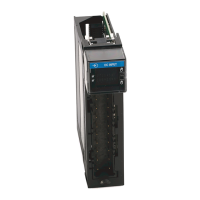
